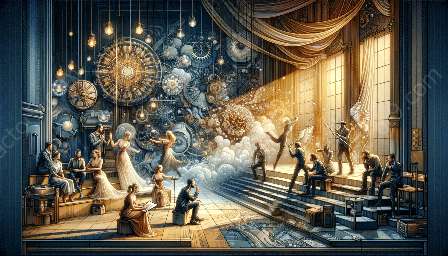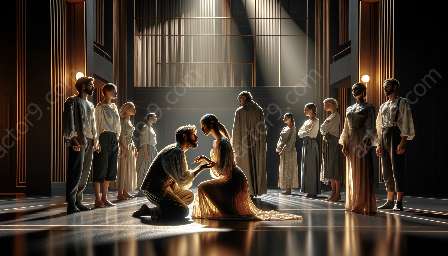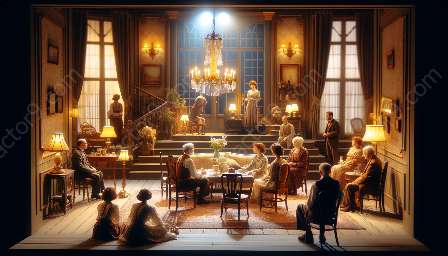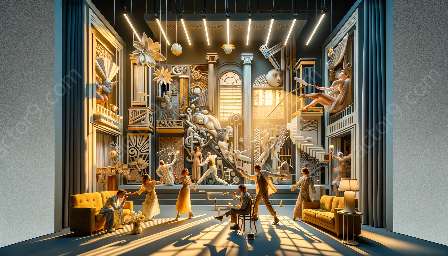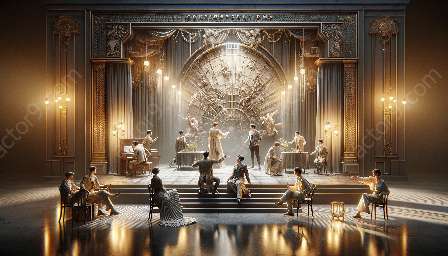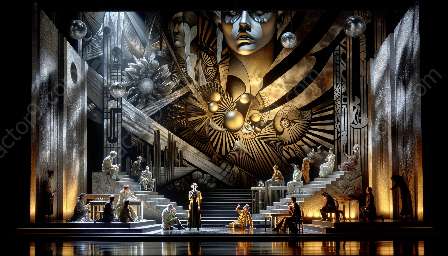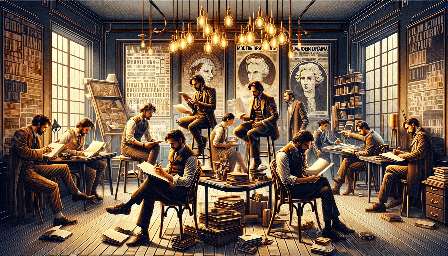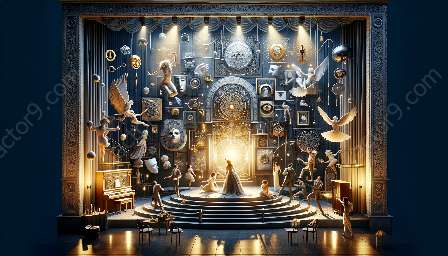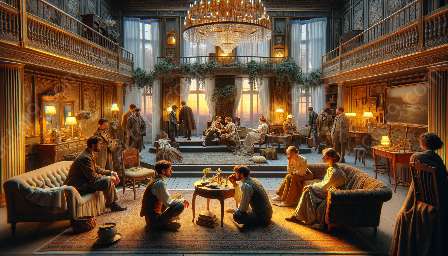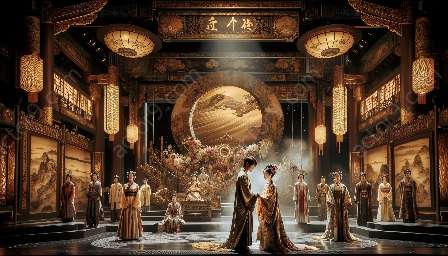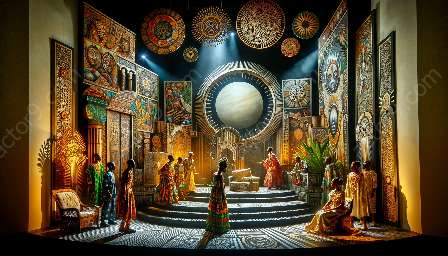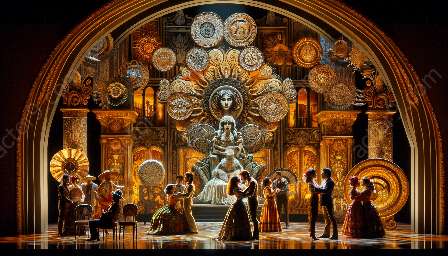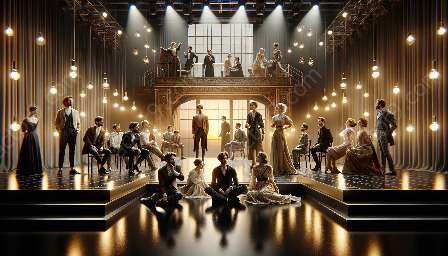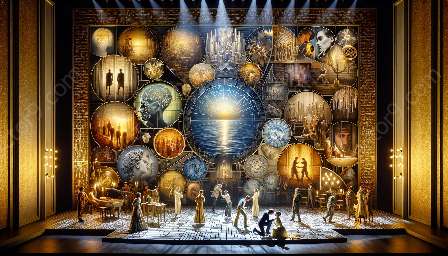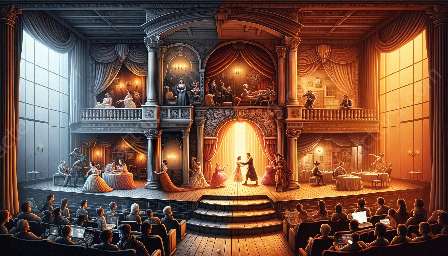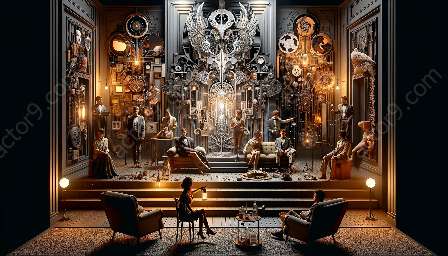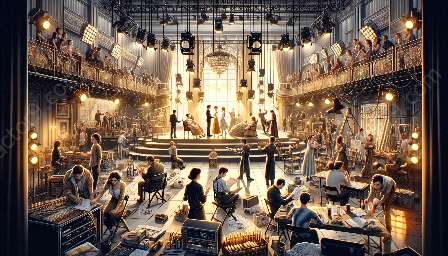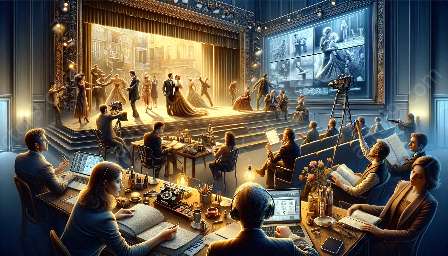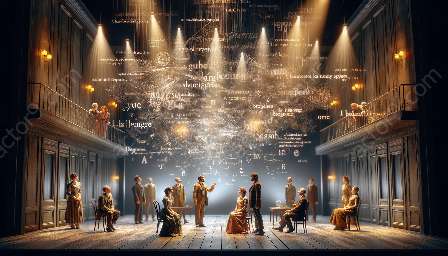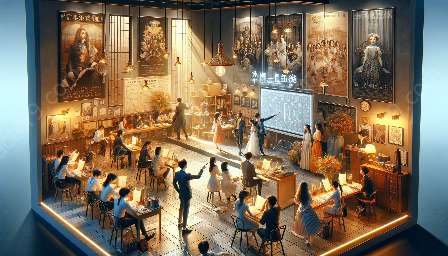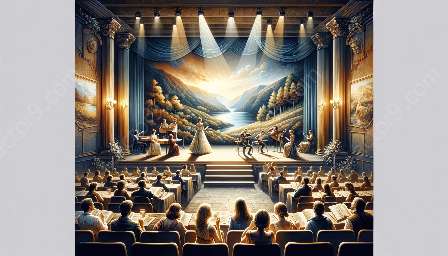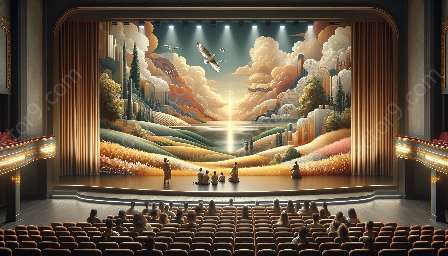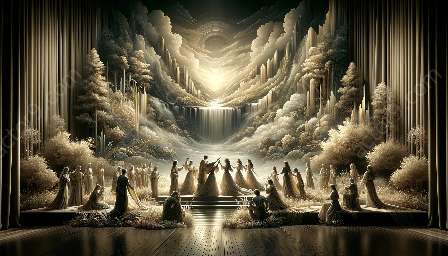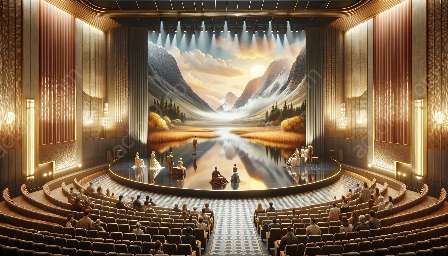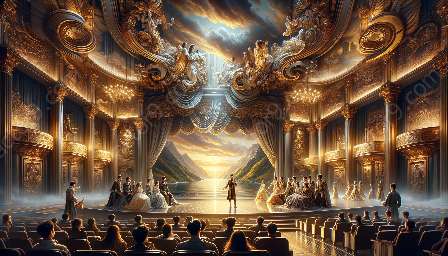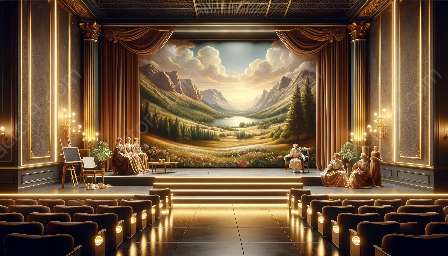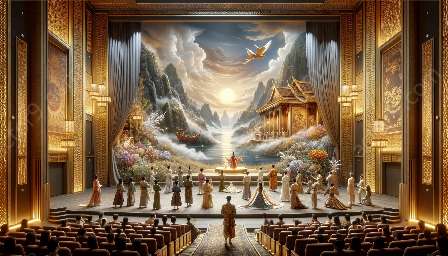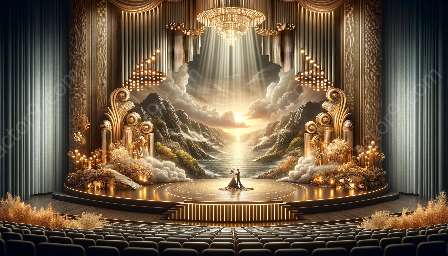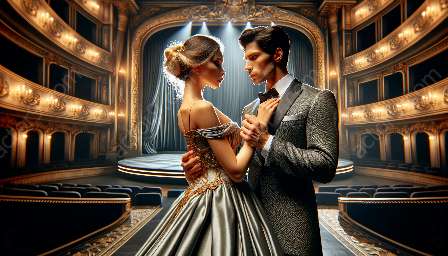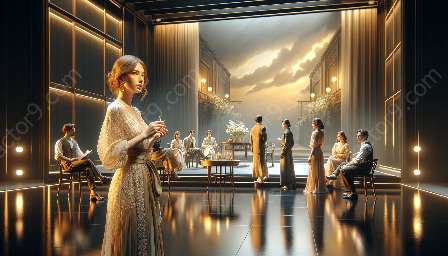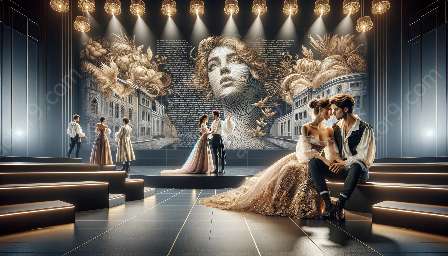As society undergoes rapid changes, contemporary acting techniques are evolving to reflect and respond to these shifts. This evolution intersects with modern drama and methods of modern acting, creating a rich tapestry of innovation and exploration in the realm of performance art.
Understanding the Relationship Between Contemporary Acting Techniques and Societal Changes
Contemporary acting techniques continue to adapt in response to the dynamic and ever-changing societal landscape. The evolution is characterized by a deep understanding of the complex interplay between human experience, cultural shifts, and current events. Actors and directors are increasingly seeking to capture the nuances of modern life through their performances, connecting with audiences on a visceral level.
One prominent reflection of this evolution is the recognition of diverse voices and experiences. In contemporary acting, there is a growing emphasis on inclusivity and representation, driven by a desire to authentically mirror the diverse fabric of society on stage and screen. This shift aligns with the broader movement towards social justice and equity, making contemporary acting a powerful tool for advocating change.
The Compatibility of Contemporary Acting Techniques with Modern Drama
The compatibility between contemporary acting techniques and modern drama is palpable in their shared commitment to relevance and immediacy. Contemporary acting techniques infuse modern drama with a sense of urgency, allowing for the exploration of pressing societal issues on stage in ways that resonate deeply with audiences.
Moreover, modern drama often serves as a vehicle for experimenting with new forms of storytelling, and contemporary acting techniques play a pivotal role in bringing these innovations to life. Through the nuanced use of body language, voice modulation, and emotional depth, actors contribute to the evolution of modern drama, making it a dynamic reflection of the times we live in.
Exploring the Intersection of Contemporary Acting Techniques and Methods of Modern Acting
The evolution of contemporary acting techniques is intimately tied to the foundational principles of modern acting methods. While traditional acting methods provided a solid groundwork, the demands of contemporary storytelling have prompted actors to further refine and expand their craft.
At the heart of this evolution is the integration of psychological realism and emotional authenticity. Contemporary acting techniques draw inspiration from modern methods, emphasizing the importance of honest, internalized performances that capture the essence of the characters and their experiences. This alignment ensures that contemporary acting remains firmly rooted in the traditions of modern acting while embracing innovation.
The Dynamic Role of Contemporary Acting in Keeping Pace with Current Events
One of the most compelling aspects of contemporary acting techniques is their ability to respond to and reflect current events. Whether it's through devised theatre, improvisation, or verbatim performance, actors are adept at channeling the urgency and immediacy of contemporary issues into their craft.
By engaging with current events, contemporary acting techniques bridge the gap between the stage and the world outside, inviting audiences to confront pressing issues and engage in meaningful dialogue. This dynamic role positions contemporary acting as a vital force in shaping public discourse and influencing the cultural zeitgeist.
Conclusion
As societal changes and current events continue to unfold, contemporary acting techniques are poised to evolve further, captivating audiences with their depth, relevance, and authenticity. The convergence of contemporary acting with modern drama and methods of modern acting creates a vibrant landscape where innovation thrives and the transformative power of performance art is fully realized.


